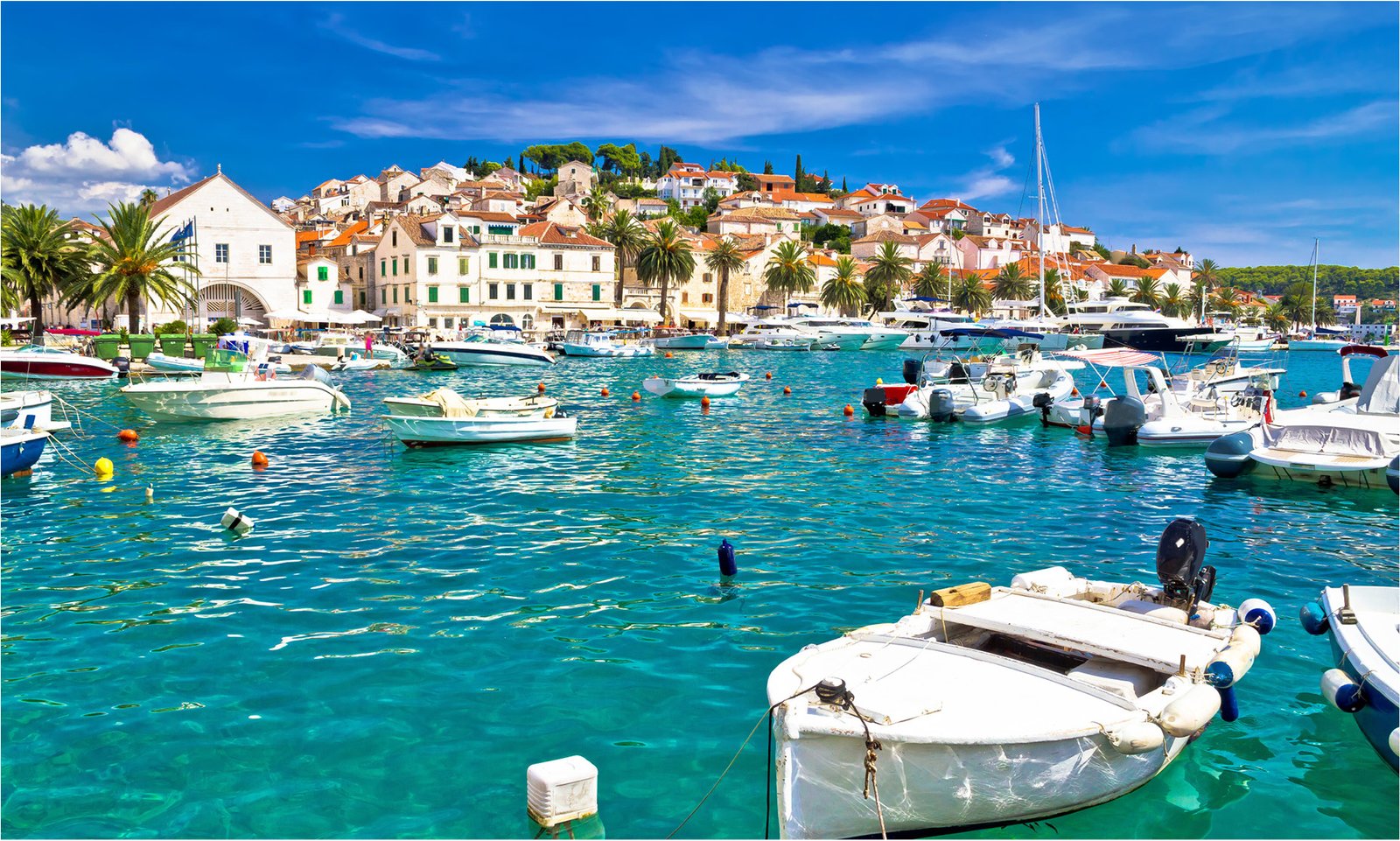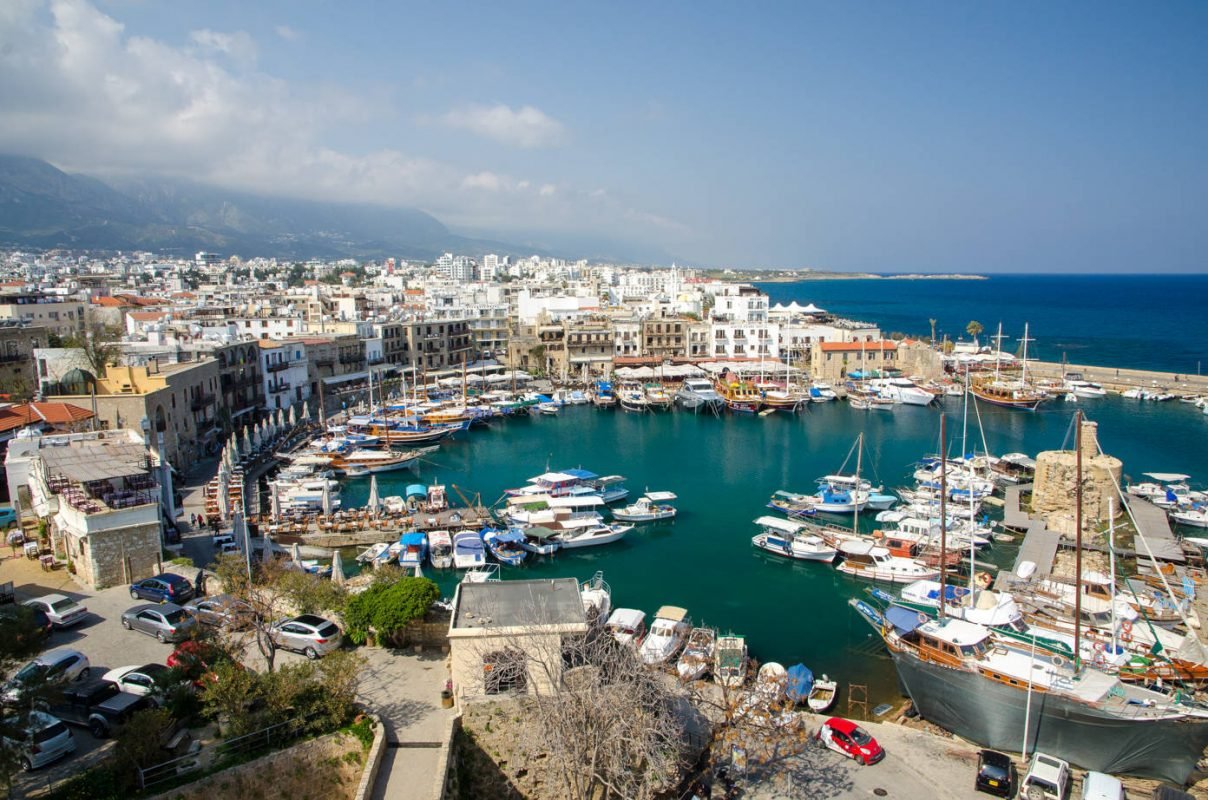Famed as the ‘Russian Riviera’, Sochi offers admirable sunsets and a fine setting for a stroll along the shimmering beaches. The outskirts of the town give you a plethora of waterfalls where you can witness their beauty along with sublime views. The city has recently gained popularity as it was the host city for the Winter Olympics in 2014. Apart from mesmerizing views, there are several things to do in Sochi which you might not want to miss out.
If you are visiting Russia anytime soon then you might not want to miss out on these activities that you can indulge in Sochi. We have jotted down a list of top 10 things to do in Sochi.
- Krasnaya Polyana – Go For A Ski
Although popular as a beach resort, Sochi is also gaining prominence for winter sports activities like skiing. The ideal skiing season ranges from December to April which differs every year. After the 2014 Winter Olympics, Krasnaya Polyana started witnessing double the influx of tourists. This led to the upgradation of new resorts in the area with international standards like Rosa Khutor. Take a slide through the snow and enjoy the panoramic views of the grandeur West Caucasus mountains!
Location: Krasnaya Polyana, Sochi, Russia
- Krasnaya Polyana – Let’s Hike
If you are planning a trip to Russia in the summer season, then a hike in Krasnaya Polyana is definitely an activity that you should be looking for. The hiking trails are located at an altitude ranging from 960 meters to 2200 meters above sea level. This trail lets you explore the hidden gems beyond the hills like blooming rhododendron. You can either hike to this place or opt for a cable ride which gives a spellbinding view of Sochi from the top. This is one of the best things to do in Sochi in the summer.
Location: Krasnaya Polyana, Sochi, Russia
- Black Sea – Take A Dip
Beached in Sochi are its biggest drawcards, without a doubt. There is plenty of space to choose from in the 150 km coastline running along with the city. But for a better experience, you might want to opt for a seaside resort as the resorts here have privatized the beaches to provide a luxury experience to its guests. Private beaches are not crammed with people and thus provides an unforgettable experience to tourists. So, if you want to beat the heat then take a plunge into the black sea in Sochi.
Location: Sochi, Russia
- Vorontsovskaya Caves
If you are fed up with all the skiing and swimming in the sea, then don’t worry because there are other options that you can opt for. Sochi has an abundance of spots for nature enthusiasts. Another highlight of Sochi is its caves. Running along for 12 km, you can explore the majestic Vorontsovskaya Caves. However, tourists can go to up to 500 meters only but don’t get disheartened because even this much of area will leave you spellbound.
Location: Krasnodarskiy Kray, Sochi, Russia, 354391
- New Adler – Take A Ride
Do you want to explore places on your own? Then, let me tell you that you can hire a bike and explore New Adler. It is the most important hub of transport in Sochi as the Sochi International Airport is situated here. With the Winter Olympics in 2014, the place has become more popular among tourists. So, hire a bike and get ready to take a tour around this place as this is one of the top things to do in Adler, Sochi.
Location: Adler District, Sochi, Russia
- Mount Akhun
Tucked between the Khosta and Matsesta rivers, Mount Akhun with a height of about 663 meters is considered as the highest littoral point of Sochi. You can visit the top of the Romanesque-like tower built in 1936, The Observation Tower, on this mountain and enjoy the panoramic view of the city including seacoast and snow-clad mountains. After exploring the area, you can mellow out in the cafe in the tower and enjoy the view from the top of the mountain.
Location: Krasnodar Krai, Sochi, Russia, 354039
- Waterfalls – Chase Them
While in Sochi, do not forget to explore waterfalls in the Lazarevskoye District. You’ll be amazed to know how many waterfalls this district comprises! There are as many as 33 waterfalls including Agura, Orekhovsky, Chudo Krasotka and others that you can explore if visited at the right time. The highest waterfall is around 40 feet tall. These cascades are bewitching and worth capturing and should in your list of things to do in Sochi.
Location: Lazarevskoye District, Sochi, Russia
- Show Your Moves
Do not overlook one of the best things to do in Sochi at night, that is, activities at night. If your trip is incomplete without a party, then Sochi is not behind from any other city and has numerous offers for you. Seaside resorts have umpteen pubs and bars like Sky Club, Cabaret Mayak and Cocos Bar where you must witness the nightlife of Sochi when traveling to Russia.
- Food – Treat Your Taste Buds
Are you tired of all the walking and traveling, and want to satiate your taste buds? Sochi has an abundance of fresh farm produce. You can head to Adler for trying out some chic and luxurious restaurants which serve a variety of food to its customers. The local cuisine here is different from classical Russian cuisine. You can try out khachapuri, shashlik, and other dishes. If you are a fan of seafood then Sochi has plenty of seafood from the Black Sea to offer you like oysters, mussels, and trout.
- Shopping Spree
After exploring the ‘resort city’, do not forget to indulge in shopping at one of the opulent malls, Moremall, in Sochi. It is one of its kind in the area as there were not many high-end malls there. All the mall lovers can now enjoy their leisure time at Moremall. But if you want to explore the local market, you can head to Navaginskaya Street. This pedestrian street has a lot to offer you, from street stalls to boutique shops.






